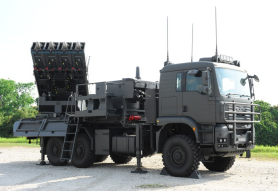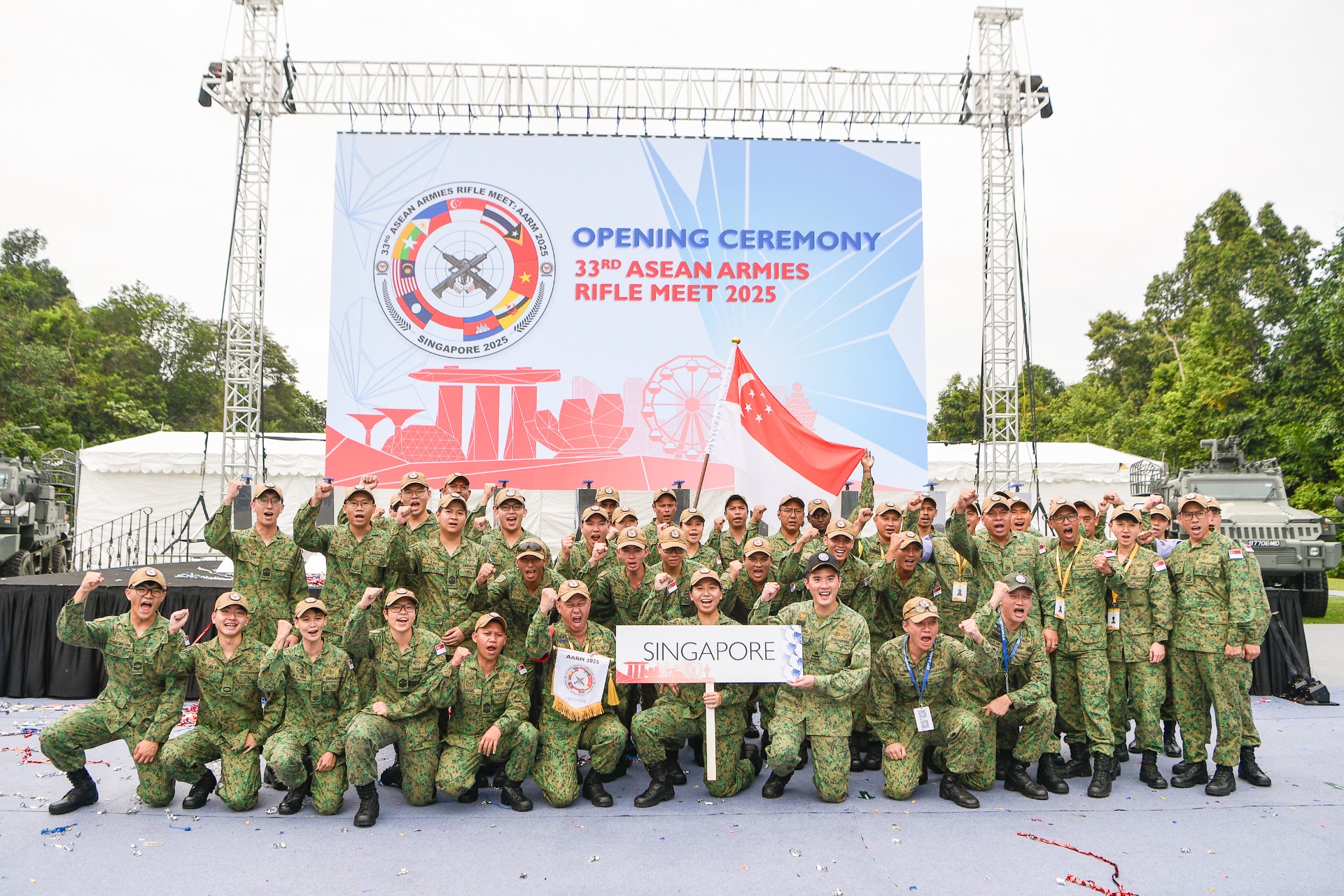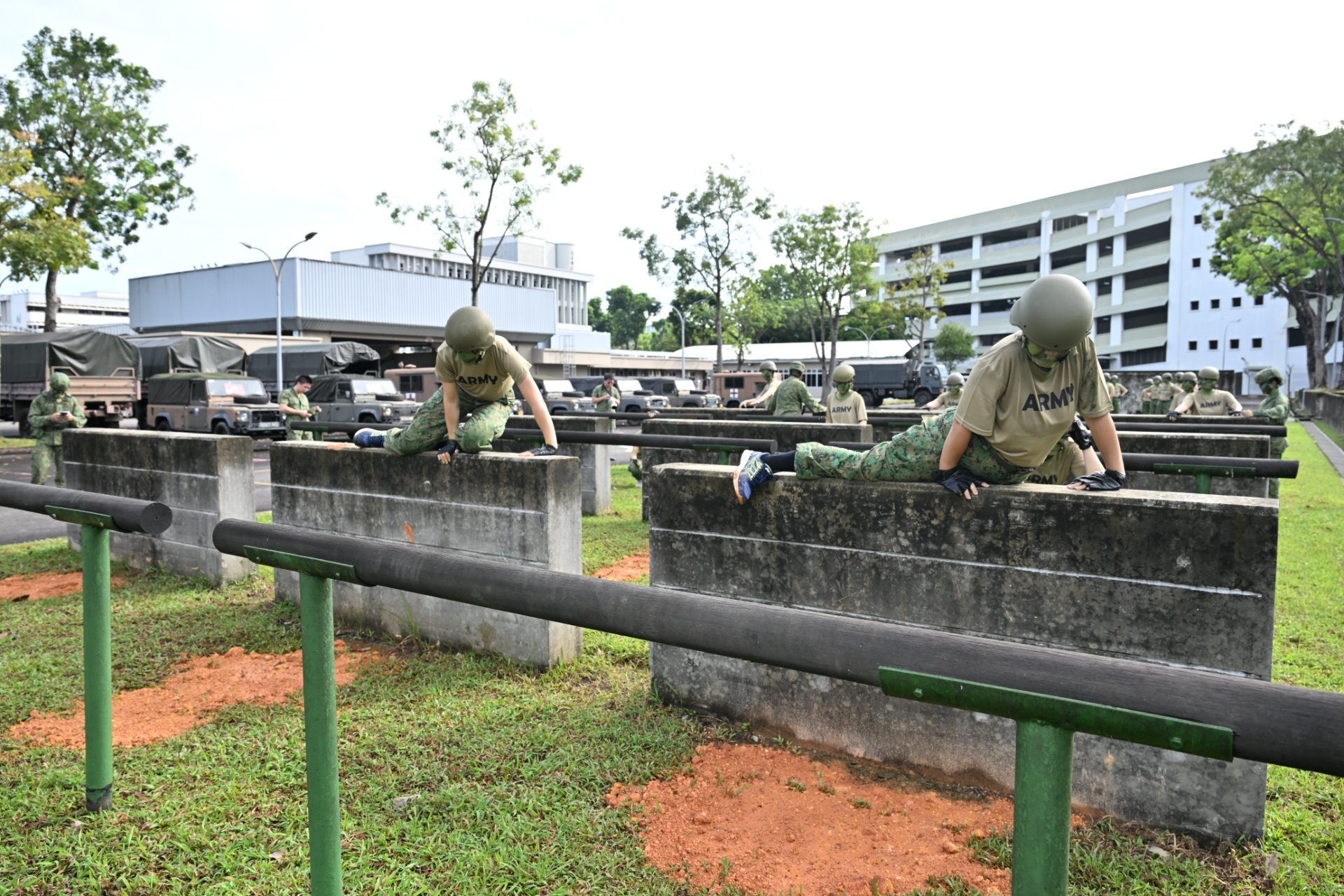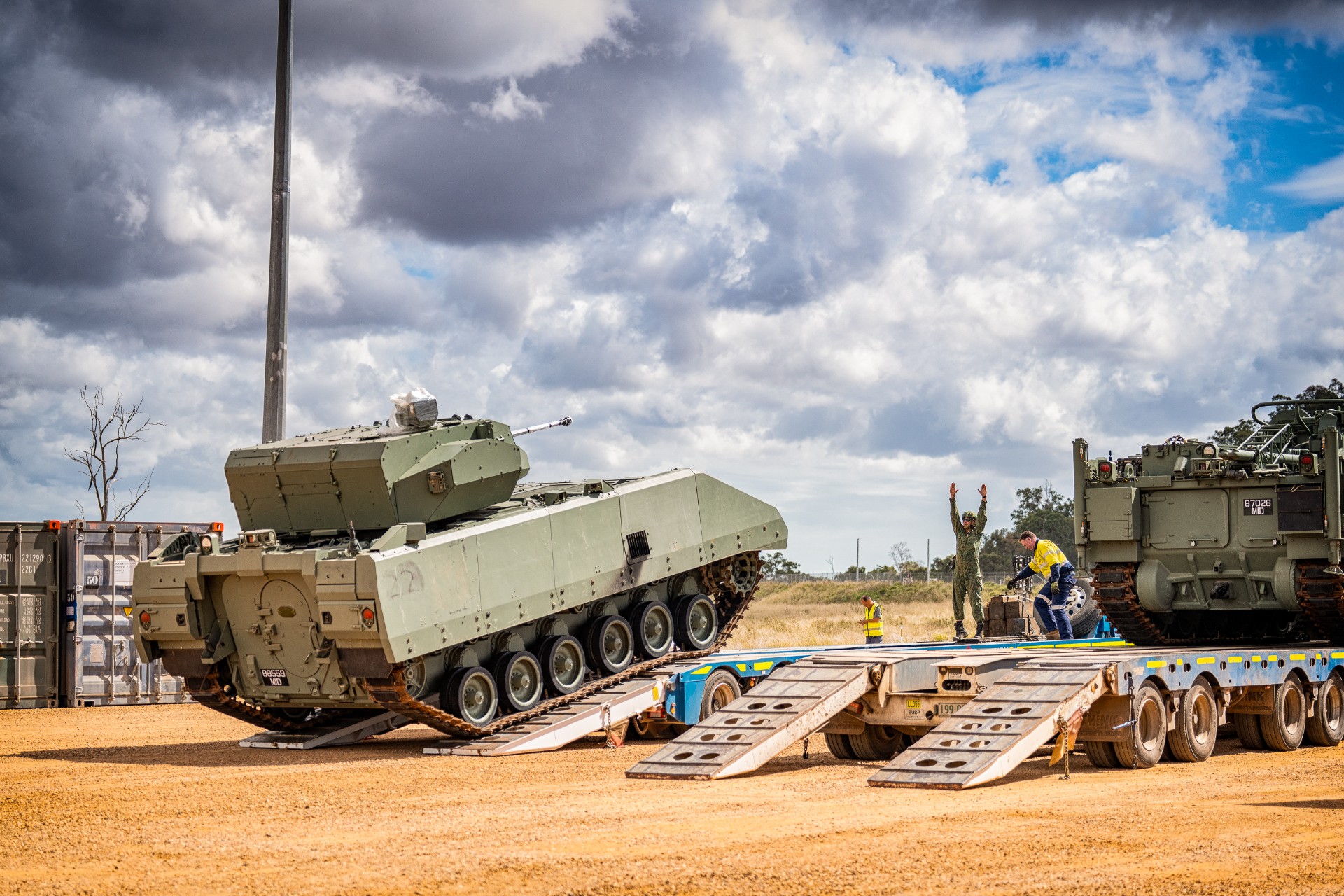NO ESCAPE FROM THE SPYDER
PHOTO // Benjamin Lee
The ground-based air defence system will soon take its place in Singapore's multi-layered air defence net. Here's what it brings to Singapore's skyward defences.
Although Ground-Based Air Defence (GBAD) systems may not be in the limelight as often as their more glamorous brethren - fighter aircraft systems - they are just as important in Singapore's multi-layered air defence system.
Most GBAD systems have two simple premises: to keep the bad guys out and to ensure the good guys have unhindered access to the skies.
To do that, a complete GBAD system needs to do three basic things: detect aerial objects, identify if they are friend or foe and respond as necessary. In the battlefield where speed is of the essence, these goals are not quite as simple as they seem.
As security challenges continue to evolve, so too must security measures change. Enter the SPYDER-SR air defence system, which will provide the RSAF with the capability to deal with a wider spectrum of aerial threats.
More capable & effective
The SPYDER-SR is a quick-reaction, surface-to-air missile system capable of engaging a wide spectrum of aerial threats that includes fighter aircraft, helicopters and Unmanned Aerial Vehicles as well as precision-guided munitions.
Comprising control units that are paired with several missile launchers, the entire system works in tandem to protect the skies.
A reply in force may not always be required. When an object is tagged as hostile, commanders on the ground then decide on the next course of action. Sometimes, fast fighter aircraft are sent to escort suspicious aircraft to land on specified runways. Other times, when threats are more immediate, a prompt takedown by ground-based missile batteries is executed.
The SYPDER-SR uses Python-5 and Derby missiles which are fitted with infrared imaging and radio frequency seekers respectively. They can carry any combination of the two types of missiles in a four-across configuration on a rotatable launcher assembly.
Compared to the RAPIER system, which has been in service with the RSAF for 30 years, the SPYDER-SR system possesses a longer interception range. The missiles are also capable of interception at higher altitudes. These enhanced capabilities provide Singapore with an extended air defence coverage.
Together with its 360-degree engagement capability and the ability to engage multiple aerial targets simultaneously, the SPYDER-SR system translates to more accurate and effective fire to deal with aerial threats.
Networked with sensors
Besides having state-of-the-art missiles, the SPYDER-SR system is plugged into the 3rd Generation RSAF Networked Air Defence system. Tapping on a real-time integrated air picture created by the RSAF's wide array of sensors, the SPYDER-SR is able to respond faster and with greater precision.
For example, the RSAF's Giraffe Agile Multiple Beam Radar has a 60km range coverage coupled with a 20km height coverage. It generates a three-dimensional situational picture, providing the direction, range and altitude of aerial objects. Enhanced detection capabilities also allow it to detect small, low-flying objects and hovering objects such as helicopters.
Coupled with other shooters such as the upgraded I-Hawk and RBS-70 air defence systems, the SPYDER-SR will coexist with these advanced sensors. A benefit of this use of multiple systems is that the entire air defence network is more robust and less prone to succumbing to a single point of failure.
By networking each node in the system, the degradation of any single sensor, Command and Control unit or weapon system will have minimal impact on the overall success of the mission, as there are several other systems which will continue to function.
The SPYDER-SR is operated by 165 SQN, which is currently training its airmen to operate the system.
Technical Specifications
Manufacturer
Rafael Advanced Defence Systems
Intercept Range
15km
Intercept Altitude
9km
Guidance System
Active homing guidance through radio frequency for Derby missiles and infrared imaging for Python-5 missiles










